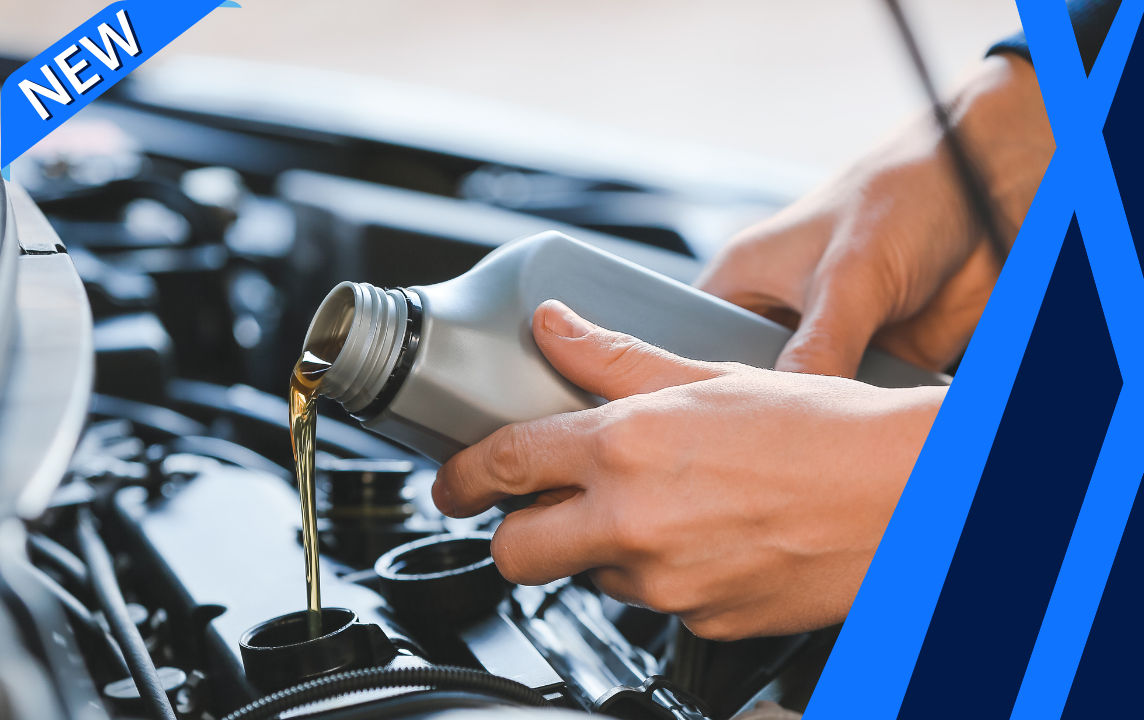Description
Car pulls in one direction Inspection
Common reasons for this to happen:
Uneven tyre Pressure
Uneven tyre pressure is a very common reason for a car to pull to one side. Lower pressure on one side changes the height of the tyre, which causes the alignment to change. This is especially true if you have an underinflated rear tyre. If the tyre is underinflated, it will have increased rolling resistance which will make the pull to one side much more noticeable.
Overinflated tyres are just as bad. This condition will also cause the alignment to change. An overinflated tyre will cause the vehicle to push away from that tyre, also creating abnormal tyre wear.
You can see this in two ways:
- An underinflated tyre will show wear on the outer edges.
- An overinflated tyre will show wear down the centre of the tyre.
This is an easy fix: head to the local gas station and inflates all tyres to their proper pressure. tyre pressure stipulations can usually be found on the driver’s side door jam. The optimal pressure is on a sticker. After you have inflated the tyres back to their specifications, drive the vehicle to verify the pull is now gone.
Wheel Alignment
Another common cause of a car pulling to the side is a wheel that is out of alignment. Another symptom of misaligned wheels is uneven tread wear. Out-of-alignment wheels will quickly wear down and can lead to more serious issues if not addressed. You should have your vehicle aligned as soon as possible if this is the root cause of the pulling.
Alignment is not an adjustment of the wheels or tyres, but of the suspension. A mechanic will adjust the suspension so that the angle of the tyres is optimized and the tyres make contact with the road according to the manufacturer specifications.
Brake Issues: Stuck Caliper, Collapsed Brake Hose, Unlubricated Slide Pins
Issues with the brake system can cause a vehicle to pull to one side. One of the most common brake issues is a stuck caliper. Brake calipers are powered by the hydraulic brake system and apply pressure to the brake pads to bring the car to a stop. If one of the calipers is stuck, the car will pull to that side.
Other brake issues that cause a car to pull include a collapsed brake hose, or slide pins that are in need of lubrication. Brake issues should be dealt with by a professional, as the braking system is a critical safety component of your car.
Bad Wheel Bearing
If you have a bad wheel bearing, there will probably be more serious symptoms present, but pulling to one side is also a warning sign.
Wheel bearings allow the friction-free rotation of the wheel hub assembly, providing smooth wheel rotation.
There are four-wheel bearings on a vehicle, one at each wheel. When a wheel bearing wears out you will hear a grinding noise from the tyre area, the steering wheel will sometimes shake, and the car will possibly pull to one side if it is starting to seize. This latter symptom often occurs long after you start hearing the grinding noise.
You should not drive your vehicle in this condition. Contact a mechanic immediately. Replacing a wheel bearing is a complicated repair and should be done by a professional.
Worn Suspension Components
At some point in your vehicle’s lifetime, most of the suspension will need replacing. Whether it is shocks or struts, ball joints, control arms or bushings, all the components wear out over time. As they become worn, they will often shift or lean to one side, especially during braking, which causes the car to pull to that side.
For example, a worn-out control arm bushing will shift when the brakes are applied, causing the vehicle to pull sharply to that side. Suspension parts tend to wear out slowly, so it is possible that you may not notice until they actually break.
The suspension is a key component of your car’s safety system and you should not drive it with broken or worn parts. An annual inspection of your suspension can help avoid surprises.
Worn Steering Linkage
A weak tie rod end will cause the steering wheel to shift to one side or the other while turning. If it gets extremely bad, the steering wheel could shake violently from side to side. Newer vehicles use a rack-and-pinion system that can sometimes be serviced. Older vehicles use a steering box and linkage system that is serviceable.
A broken or severely damaged steering linkage is extremely dangerous, as it could result in loss of control of the steering wheel. If you suspect any of these symptoms, have your car checked by a mechanic.
Torque Steer
Torque steer is when the car pulls to one side as the car initially accelerates. There can be several causes of this condition. Sometimes, loose steering components are the culprit. Other times, a broken motor mount is the cause. Too much slack in a tie rod, a failing lower control-arm bushing, or a ball joint with excess movement can all cause this problem.
You can test for this problem by putting your car in neutral and coasting it down the street. If the pull does not happen when coasting, your alignment is probably not the problem and torque steer could be the source of the issue.
What to expect:
A top-rated mobile mechanic will come to your home or office to determine the cause and source of the pulling issue, and will then provide a detailed inspection report that includes the scope and cost of the necessary repairs.
How important is this service?
A car is not safe to operate under conditions where it is pulling to one side. Regardless of whether it is a brake issue, suspension issue, or a bad wheel bearing, these repairs require the expertise of a professional. Book a mechanic to perform a thorough inspection as soon as possible.




